The Farm Security Administration (FSA) played a pivotal role in the development of documentary photography during the Great Depression. Established in 1935 as part of President Franklin D. Roosevelt’s New Deal, the FSA aimed to combat rural poverty. They wanted to improve the living conditions of America’s impoverished farmers.
To communicate the severity of the rural crisis and gain public support for relief efforts, the FSA employed photographers. This included the renowned Dorothea Lange. This initiative not only documented the struggles of rural America but also transformed the landscape of documentary photography. It left an influential mark on history and the documentary form.
Cover image by Jack Delano
The Origins and Mission of the Farm Security Administration
The FSA was initially part of the Resettlement Administration (RA), which aimed to relocate struggling families. These rural and urban communities moved, all planned by the federal government. Yet, the RA faced significant opposition and was restructured into the FSA in 1937.
The FSA’s mission was to assist impoverished farmers, sharecroppers, and migrant workers. They did this by providing loans, and education. Help also came in improving farming techniques and living conditions.
What Did the FSA Do to Help Migrant Workers?
The FSA provided financial help, resettlement, and improved living conditions for migrant workers. They also documented their struggles through photography. This allowed them to raise public awareness and support for relief efforts.
The Role of Photography in the FSA
Understanding the power of visual storytelling, the FSA hired a group of talented photographers. Their task was to capture the realities of rural America. The goal was to create a compelling visual record. One that could convey the dire conditions and justify the need for government intervention.
Roy Stryker, head of the FSA’s Historical Section, oversaw this ambitious documentary project. He believed photography could be a powerful tool for social change. He selected the photographers and guided the focus of their work to ensure it communicated the struggles of rural Americans.
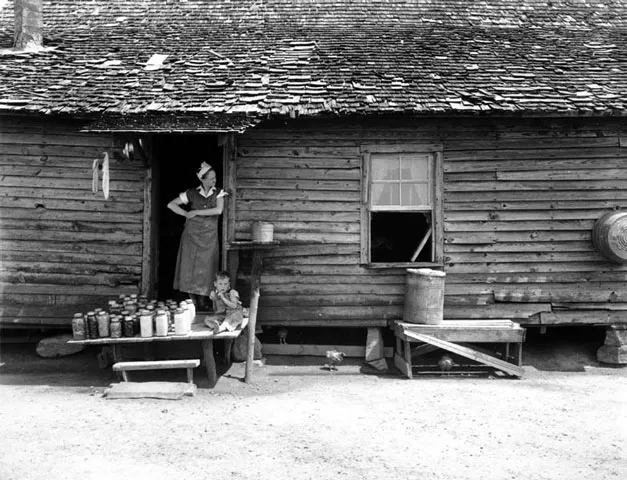
How Did the FSA Photography Project Begin?
The FSA photography project began under the direction of Roy Stryker. He recruited photographers to document the harsh realities of rural life during the Great Depression. The result was intended to build public support for New Deal programs.
Dorothea Lange and Her Impact
Dorothea Lange is perhaps the most famous of the FSA photographers. Before joining the FSA, Lange had a successful career as a portrait photographer in San Francisco. However, the economic devastation of the Great Depression moved her to leave her studio. She went on to document the suffering of the unemployed and homeless. Her most iconic image, “Migrant Mother,” taken in 1936, became a symbol of the Great Depression. It helped highlight the plight of migrant farm workers.
Lange had an empathetic approach. Her ability to capture the dignity and resilience of her subjects brought a human face to economic hardship. Her work not only influenced public opinion but also helped shape the emerging field of documentary photography. What she produced emphasized the power of the medium to foster social awareness and change.
What Impact Did the FSA Photographs Have on American Society?
FSA photographs had a significant impact by raising awareness of rural poverty and influencing public opinion. They helped garner support for New Deal programs. It highlighted the need for government intervention to address economic and social issues.
How Were FSA Photographs Distributed and Used?
FSA photographs were distributed through various channels. This included newspapers, magazines, exhibitions, and government reports. They were used to illustrate the conditions of rural America and advocate for New Deal policies.
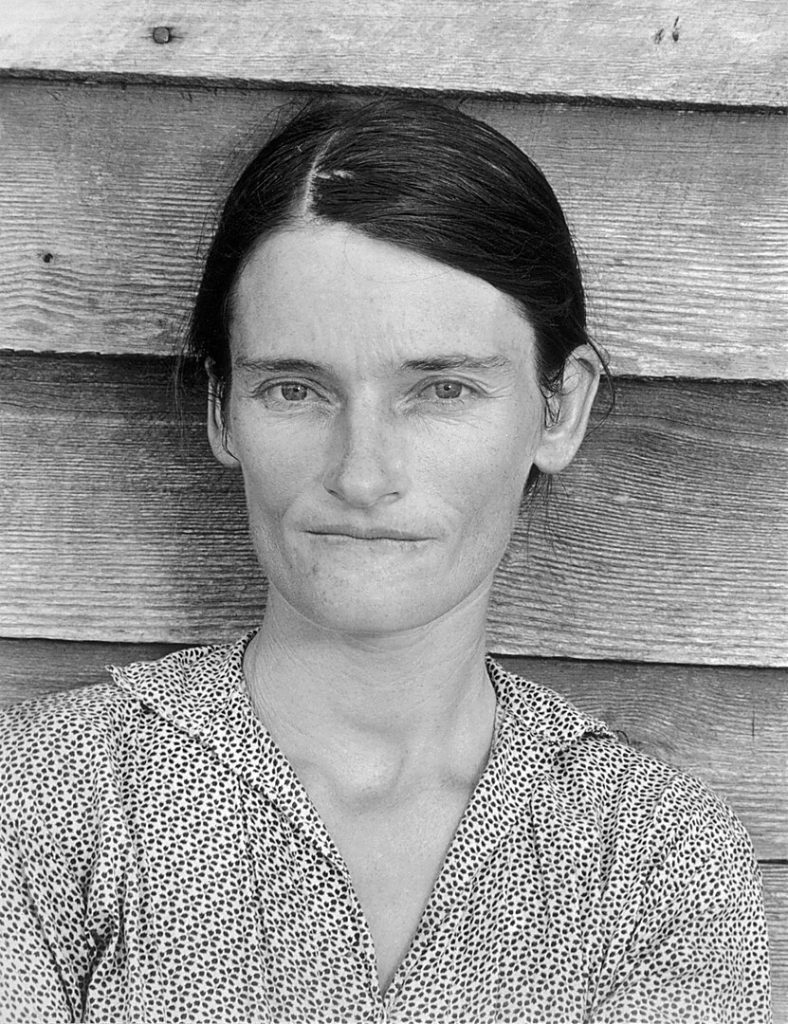
Other Notable FSA Photographers
While Lange is the most well-known, the FSA employed several other photographers. All made significant contributions to documentary photography. Among them were Walker Evans, Gordon Parks, Ben Shahn, Russell Lee, Arthur Rothstein, and Marion Post Wolcott.
• Walker Evans
Known for his collaboration with writer James Agee on the book “Let Us Now Praise Famous Men,” Evans captured stark, straightforward images of tenant farmers in the South. His work was characterized by its unembellished, direct style. He aimed to present the truth without sentimentality.
Locations: Evans focused on the southern United States, particularly Alabama, where he documented the lives of tenant farmers.
Period: 1935-1937
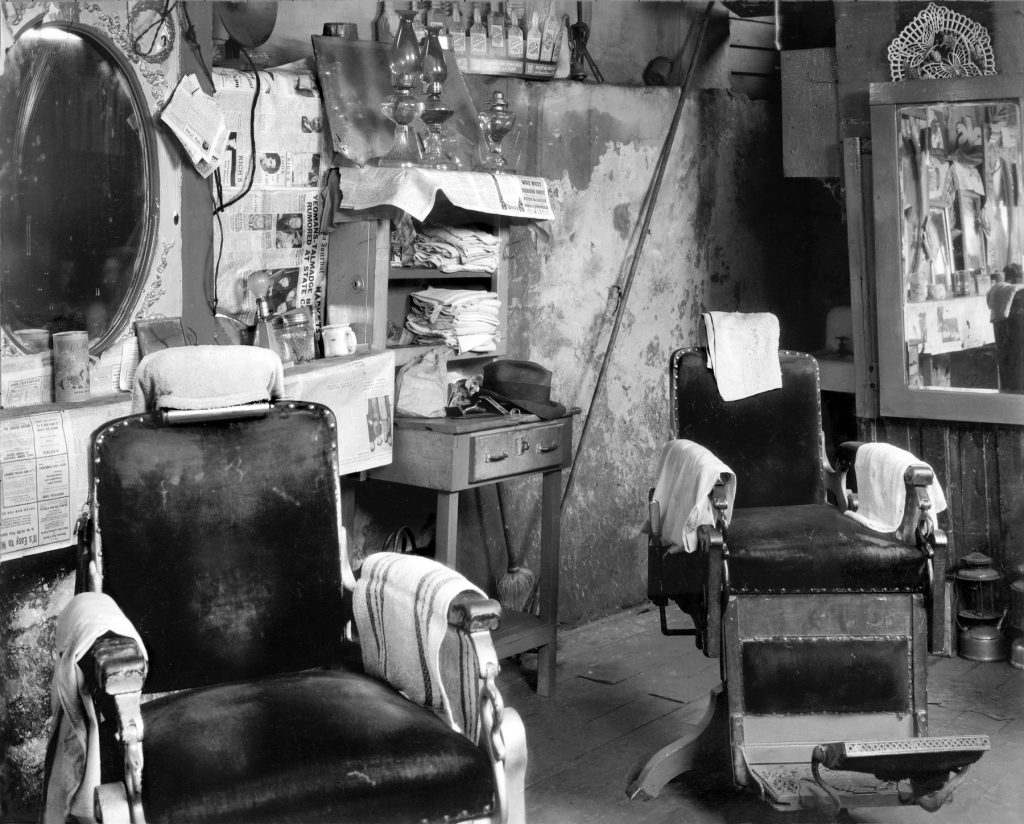
• Gordon Parks
As the first African American photographer to work for the FSA, Parks brought a unique perspective to the project. His work often focused on the African American experience, highlighting issues of race and poverty. Parks later became a renowned filmmaker, known for movies such as “Shaft.”
Locations: Parks worked in Washington, D.C., and various parts of the Midwest. He is known for his series on African American life and the effects of poverty.
Period: 1941-1945
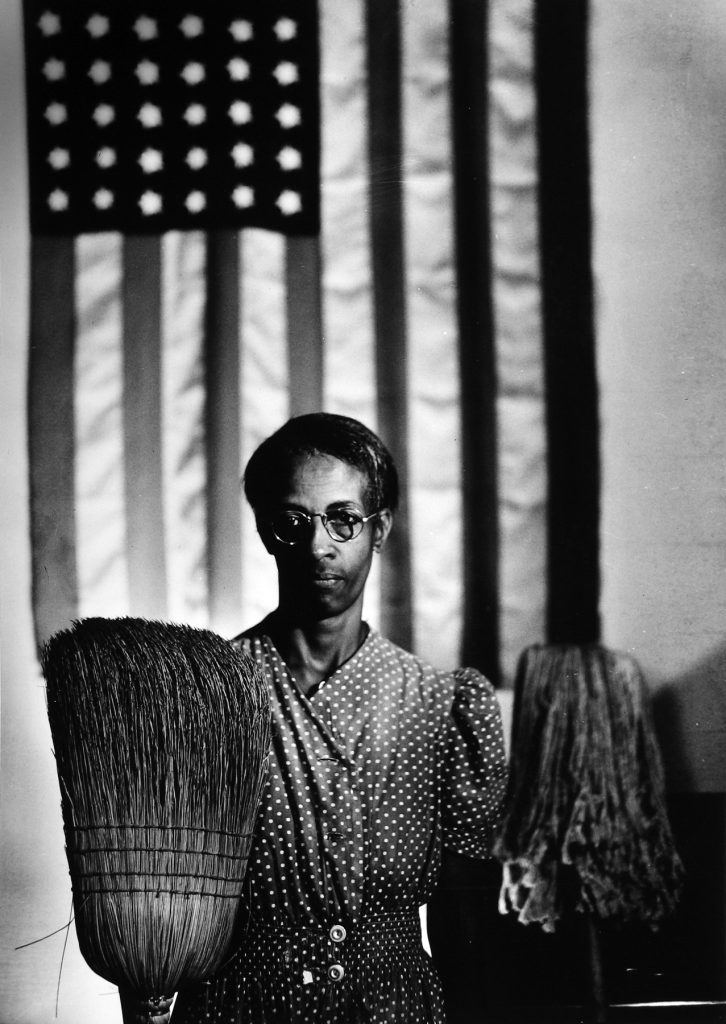
• Ben Shahn
Originally a painter and muralist, Shahn’s photographs were distinguished by their compositional creativity. They also possessed socio-political commentary. His images often conveyed a strong narrative quality, reflecting his background in visual storytelling.
Locations: Shahn worked in the southeastern United States, including areas like Arkansas and the Mississippi Delta, capturing the lives of farmers and rural communities.
Period: 1935-1938
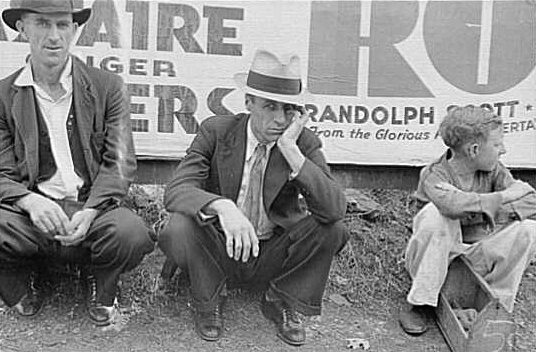
• Russell Lee
Known for his extensive documentation of the daily lives of rural Americans, Lee’s work was notable for its attention to detail and empathy. His series on Pie Town, New Mexico, provided a vivid portrayal of a close-knit community during the Depression.
Locations: Lee covered a wide range of locations, including Texas, New Mexico, and the Midwest. He is known for his detailed documentation of rural communities and daily life.
Period: 1936-1942
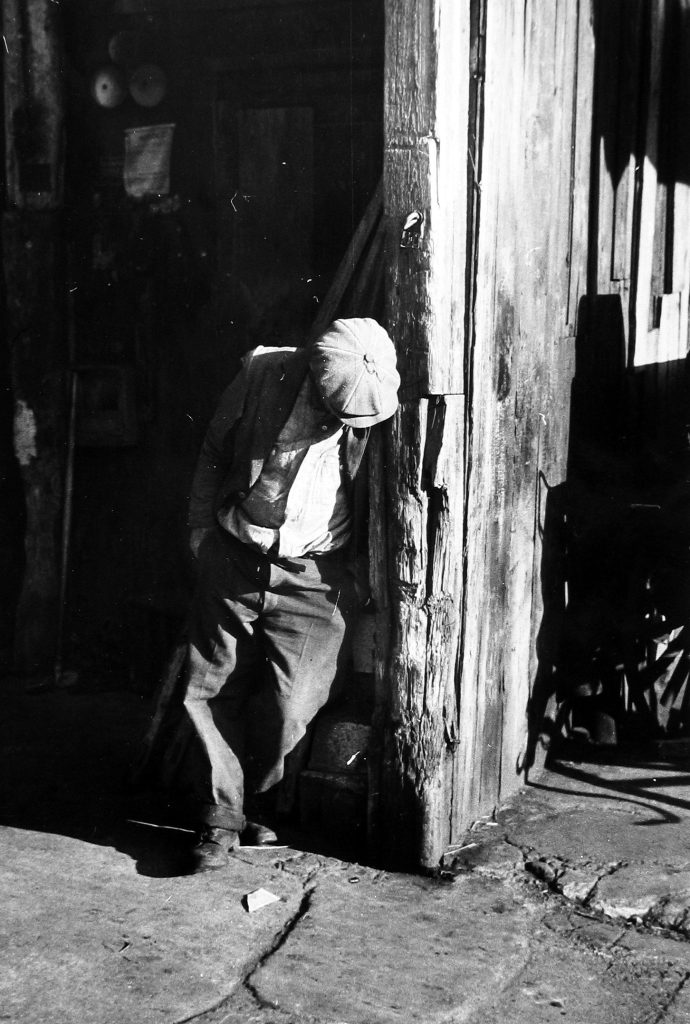
• Arthur Rothstein
One of Rothstein’s most famous images is the dramatic “Dust Bowl Cimarron County, Oklahoma,” showing a farmer and his sons walking in a dust storm. This image became an enduring symbol of the environmental disaster and the human struggle against nature.
Locations: Rothstein worked in the Great Plains and the Midwest, famously documenting the Dust Bowl and its impact on farming communities.
Period: 1935-1940
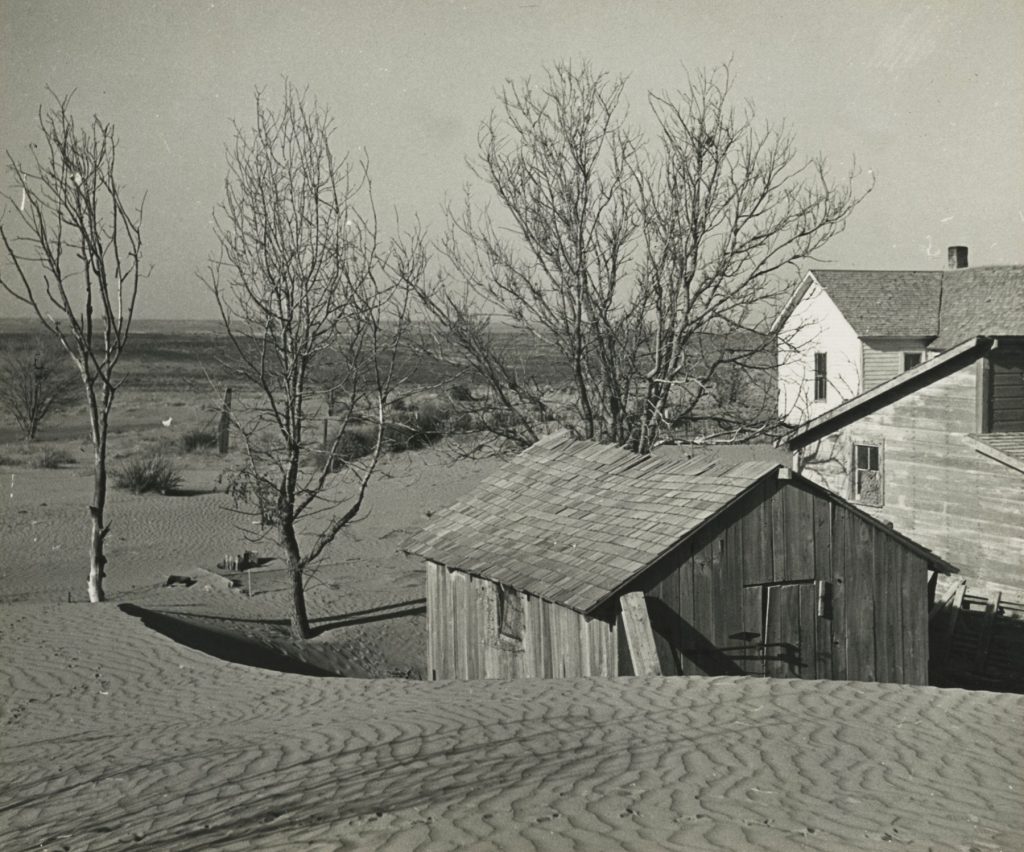
• Marion Post Wolcott
Wolcott’s photographs captured the social and economic conditions in the South. She placed a particular focus on the lives of women and children. Her work is noted for its compassionate portrayal of her subjects and its insightful social critique.
Locations: Wolcott focused on the southern United States, including Kentucky, Mississippi, and Louisiana, capturing the social and economic conditions of these regions.
Period: 1938-1942
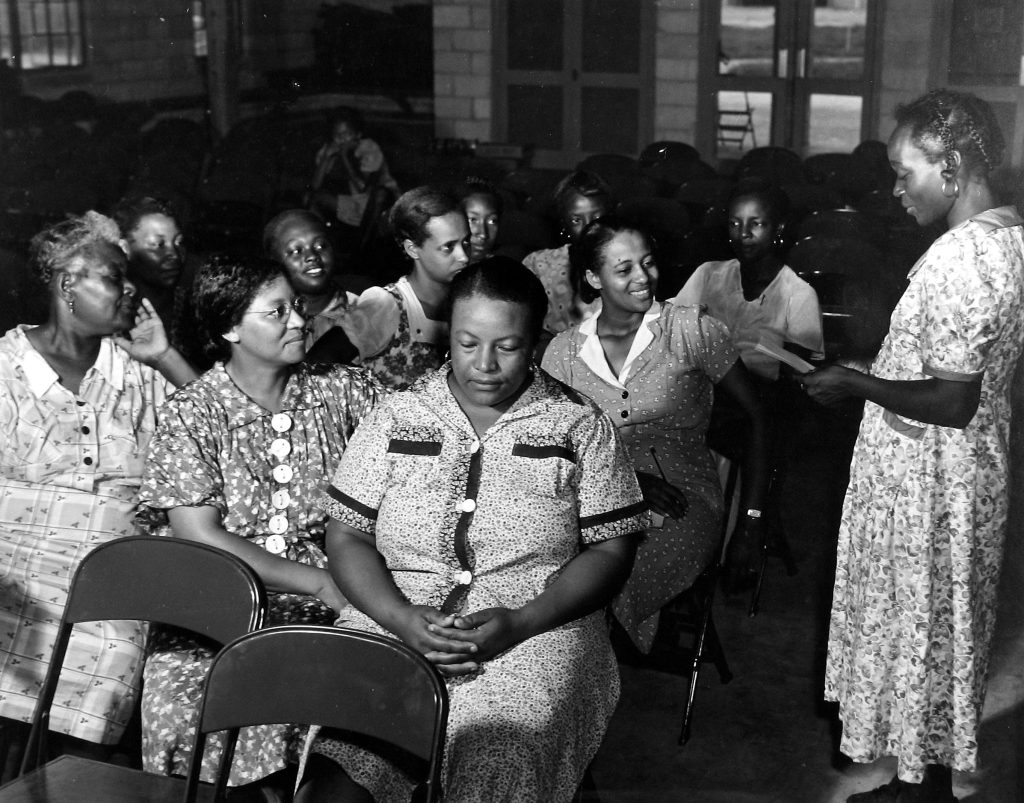
• Jack Delano
Worked primarily in the northeastern United States and Puerto Rico, documenting industrial and agricultural scenes (1940-1943).

• John Vachon
Worked in the Midwest and the Great Plains, capturing urban and rural poverty (1938-1943).

• Esther Bubley
Worked in Washington, D.C., and other urban areas, focusing on everyday life and the effects of war on American society (1943-1944).
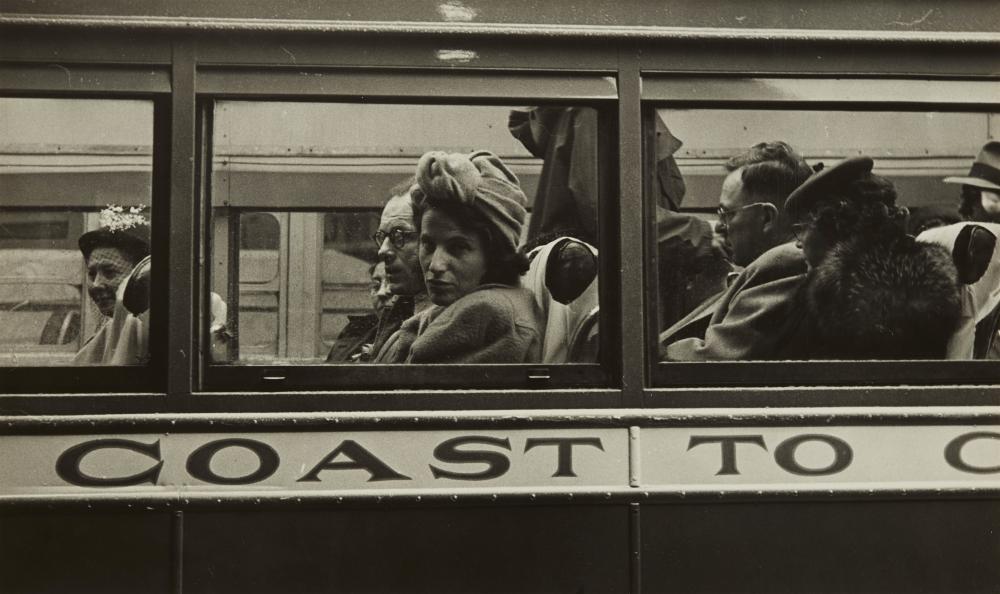
• John Collier (1941)
Worked in
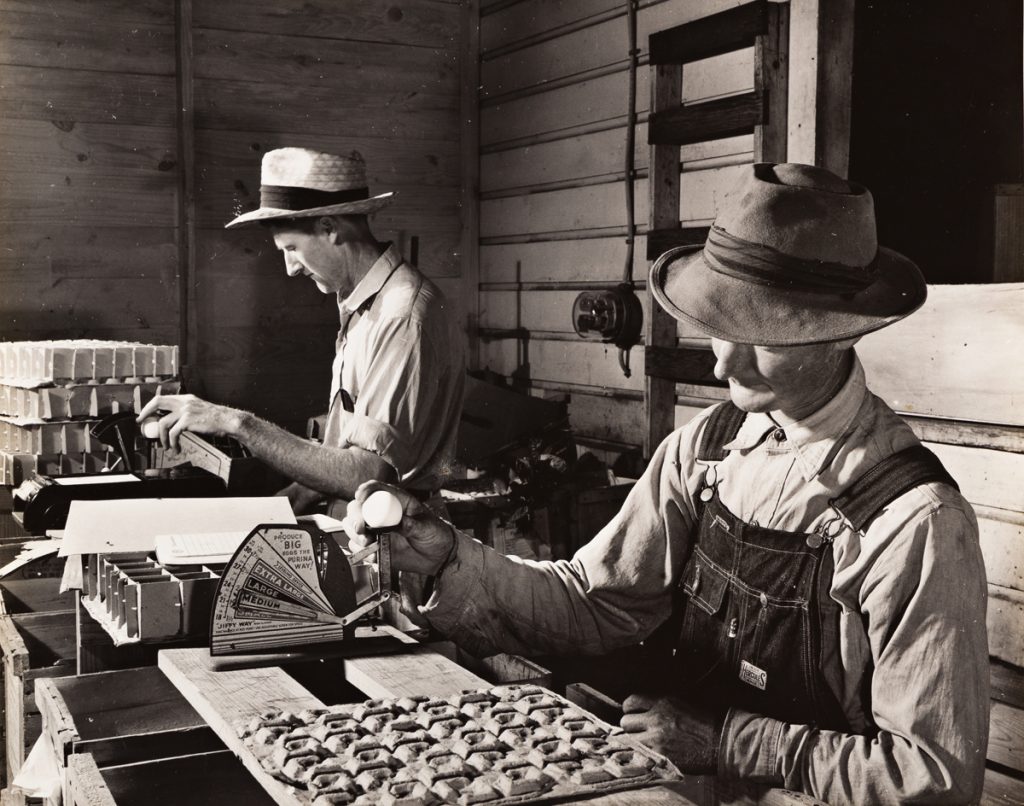
• Theodor Jung (1935)
Worked in
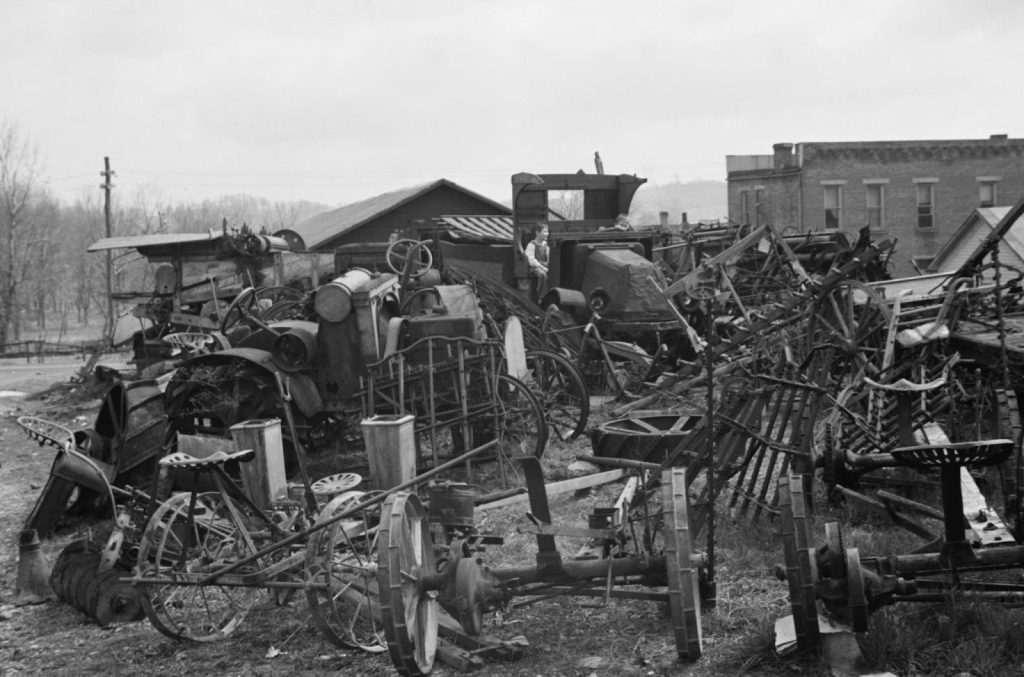
• Marjory Collins (1941)
Worked in
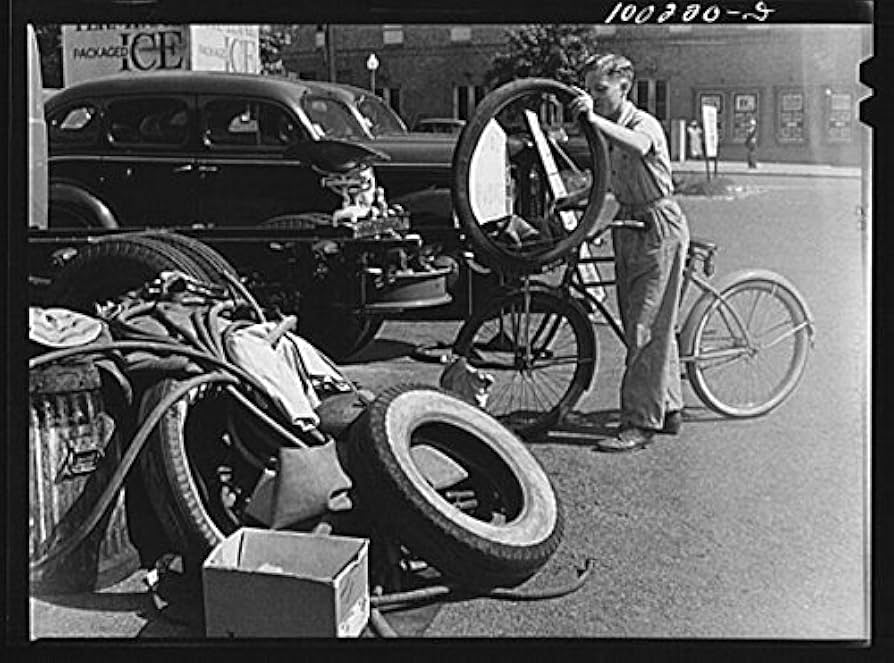
• Louise Rosskam
Worked in

• Carl Mydans
Worked in
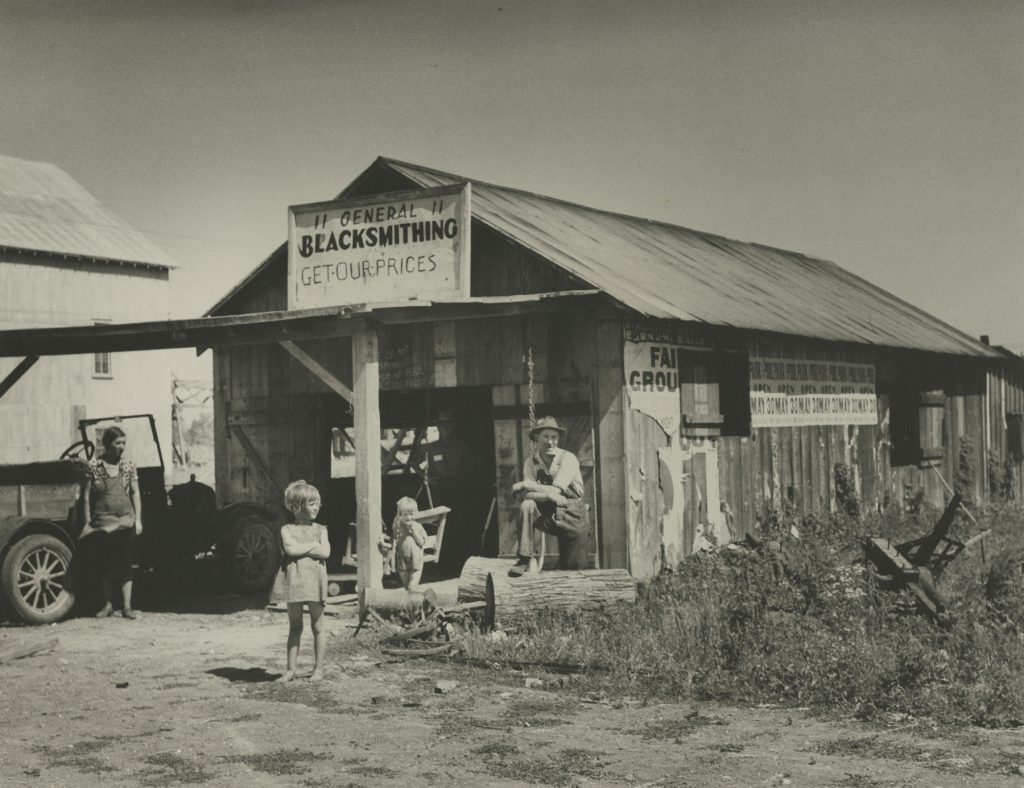
The Historical Impact of the FSA Photography Project
The FSA photography project produced an unprecedented visual archive of American life during the 1930s and early 1940s. These photographs served many purposes. They were used in government reports, published in magazines and newspapers, and displayed in exhibitions.
They provided compelling evidence of the need for New Deal programs. They also helped garner public support for government intervention in the economy.
How Did the Public Initially React to the FSA Photographs?
The public reaction to FSA photographs was mixed. Many were moved by the powerful images and supported New Deal initiatives. Others were shocked by the stark depictions of poverty and questioned the need for government intervention.
Case Study: “Migrant Mother” by Dorothea Lange
Lange’s “Migrant Mother” is perhaps the most iconic image that came out of the FSA project. The photograph shows Florence Owens Thompson, a migrant mother of seven children, looking off into the distance with a worried expression.
The image captured the desperation and resilience of countless Americans during the Great Depression. It was widely published and used to raise awareness about the plight of migrant workers. Eventually, it led to increased support for federal relief programs.

Evolution and Legacy of the FSA
The FSA was absorbed into the Office of War Information (OWI) during World War II. Here the focus of its photography shifted to documenting the war effort. Many FSA photographers continued their work under the OWI, capturing images of American life during wartime.
The legacy of the FSA lives on in the vast collection of photographs preserved by the Library of Congress. It provides a valuable historical record and continues to inspire and educate.
What Happened to the FSA’s Photographic Archives?
The FSA’s photographic archives were preserved and are now housed in the Library of Congress. These archives remain accessible to the public and continue to be a valuable resource for historians, researchers, and educators.
How Did FSA Photography Influence Future Documentary Photography?
FSA photography set a precedent for the documentary style. It emphasized candid, empathetic portrayals of real-life struggles. This approach influenced future generations of photographers and established documentary photography as a powerful tool for social change.
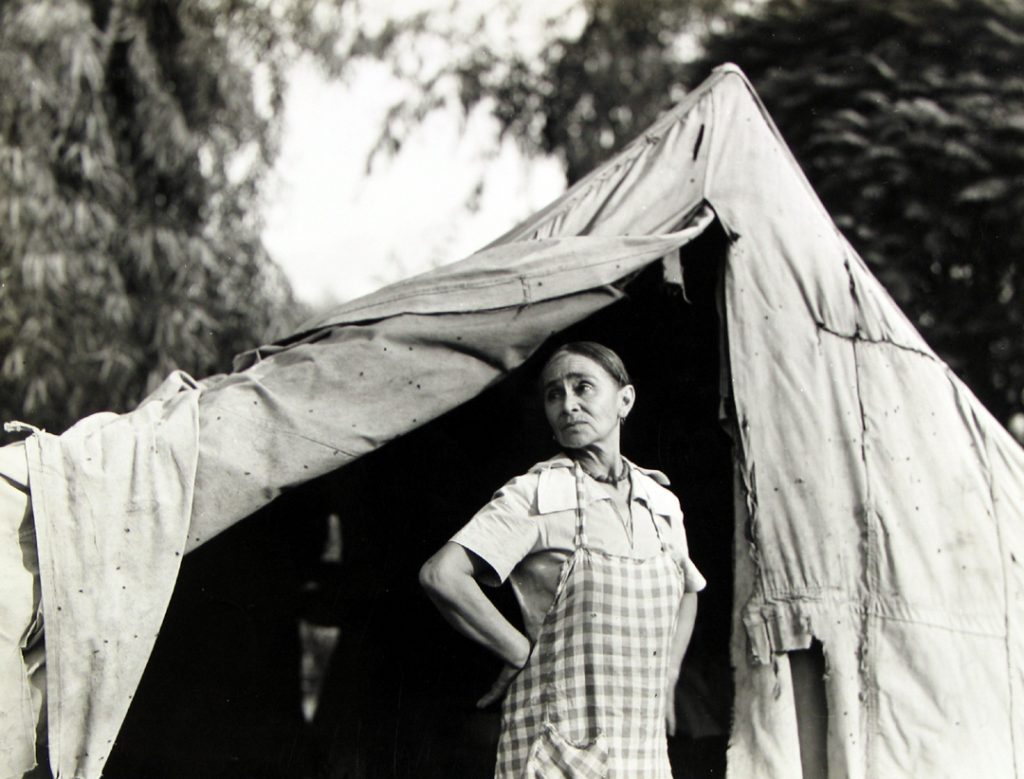
Final Words
The Farm Security Administration’s photography project was a groundbreaking initiative. They used the power of images to address social issues and advocate for change. By employing photographers like Dorothea Lange and her colleagues, the FSA succeeded in creating a poignant and enduring visual record of a critical period in American history.
Their work helped to ease immediate suffering by influencing public opinion and policy. But also left a lasting mark on the field of documentary photography. The FSA’s legacy reminds us of the profound impact that art and visual storytelling can have. This is especially true in shaping our understanding of the world and driving social progress.
How Did Edward Steichen Create the Book The Bitter Years?
Edward
Were any FSA Photographs Controversial?
Yes, some FSA photographs were controversial due to their stark portrayal of poverty and suffering. Critics argued that the images could be exploitative, while supporters believed they were necessary to raise awareness and drive social change.
Did any of the FSA Photographers Continue Their Careers After the Project?
Many FSA photographers, including Dorothea Lange, Walker Evans, and Gordon Parks, continued their careers and became influential figures in photography. Their work with the FSA helped establish their reputations and provided a foundation for their future endeavors.
Further Reading and Resources
• Library of Congress FSA Collection







